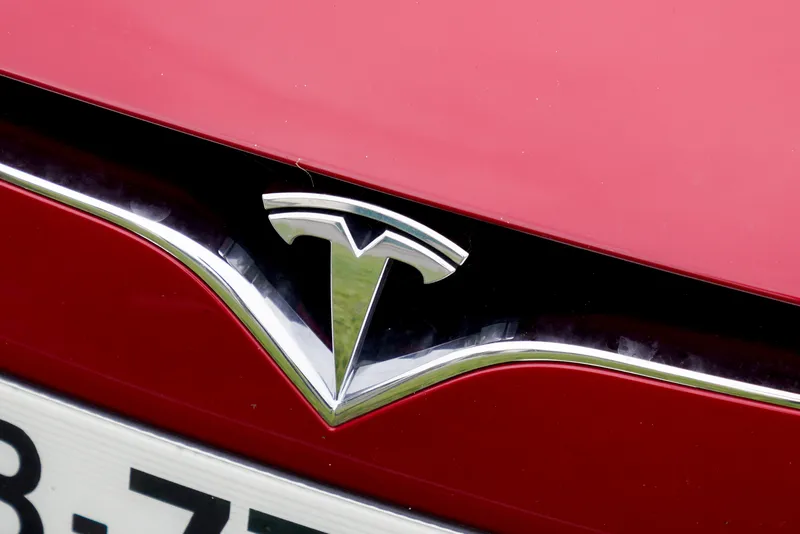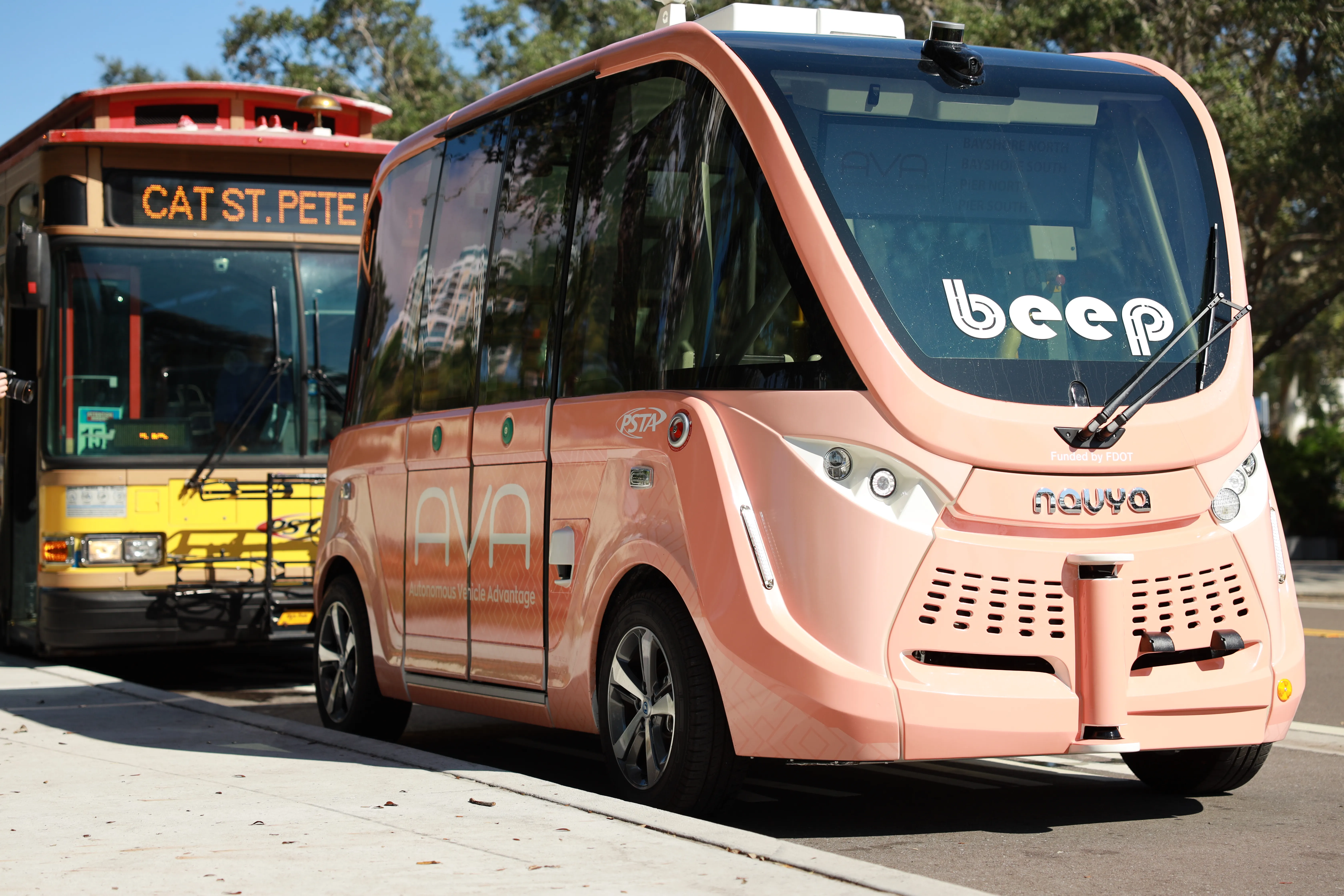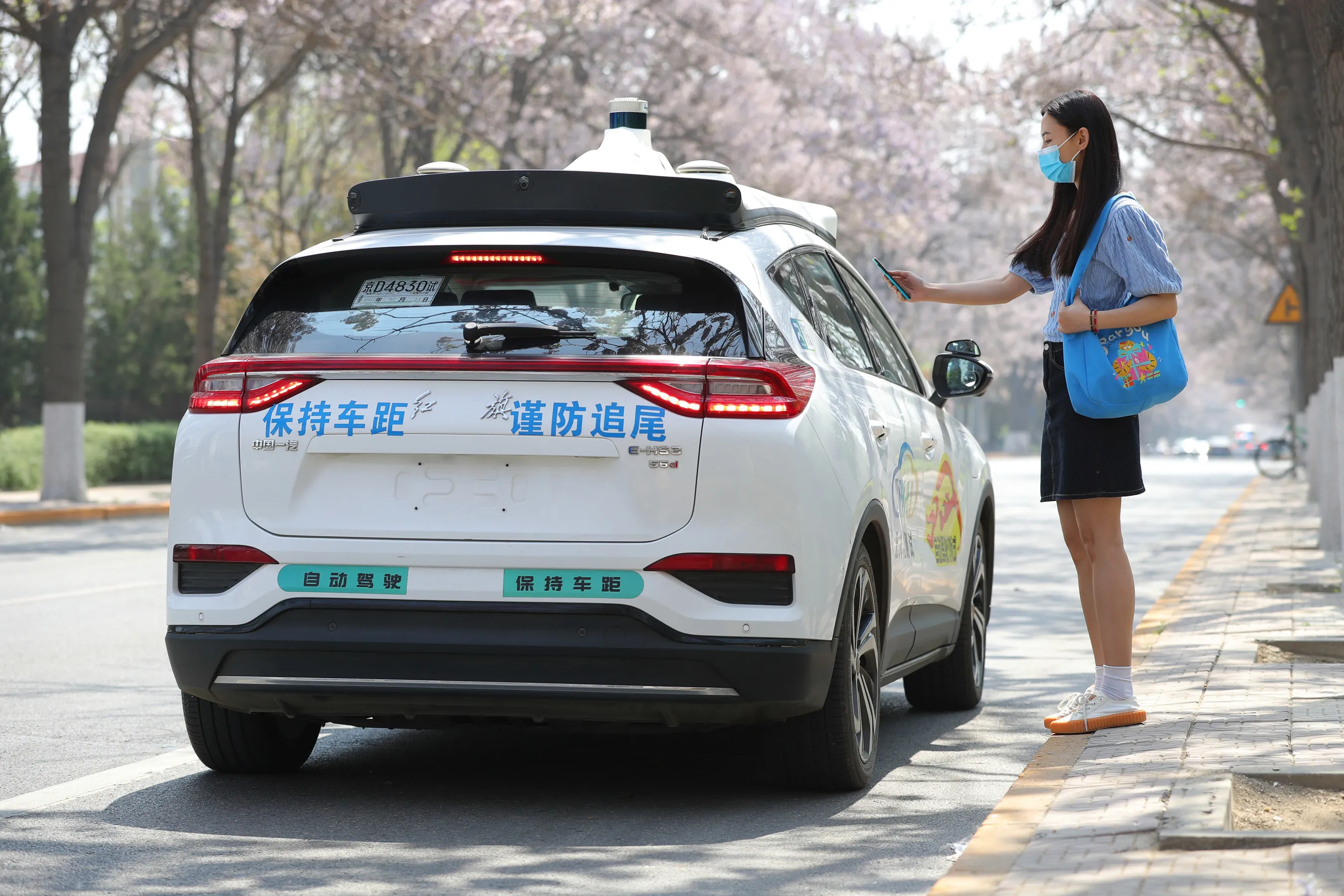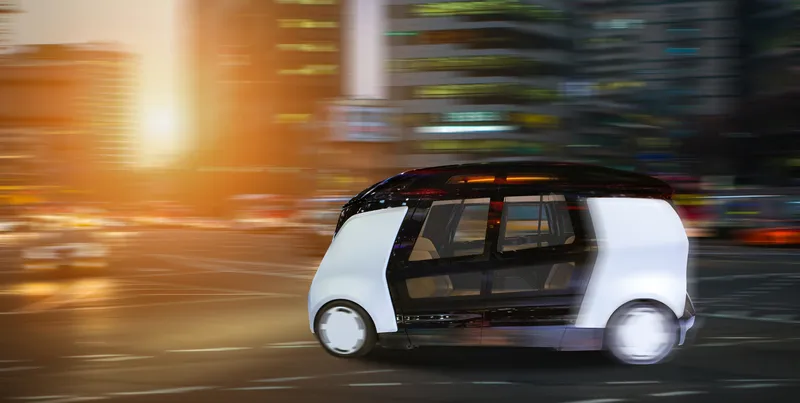
Two men were killed after a Tesla vehicle crashed into a tree in Houston, Texas, sparking an investigation.
The 2019 Tesla Model S was travelling at a high speed when it failed to negotiate a curve on a winding road.
A report by the BBC says police believe there was nobody present in the driver's seat at the time of the accident.
Mark Herman, Harris County Precinct 4 constable, is quoted as saying that evidence suggests “no-one was driving the vehicle at the time of impact”.
He added that the case was still under investigation.
One victim was found in the front passenger seat and the other was in the back of the vehicle.
Tesla says data recovered so far showed the Autopilot advanced driver assistance system was not enabled.
A Tesla Model X operating in autopilot claimed the life of a driver in 2018 after the vehicle crashed into a roadside barrier in California.
During the same year, Uber pulled out of its autonomous vehicle operation in Arizona after one of its test vehicles killed a pedestrian.










